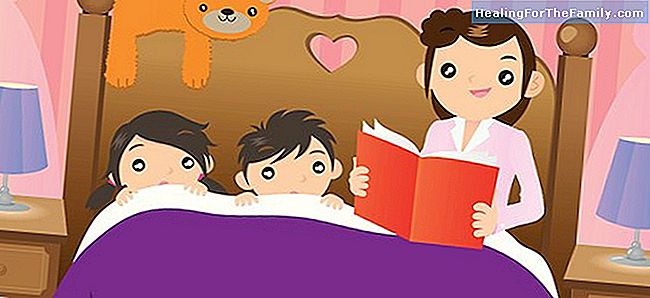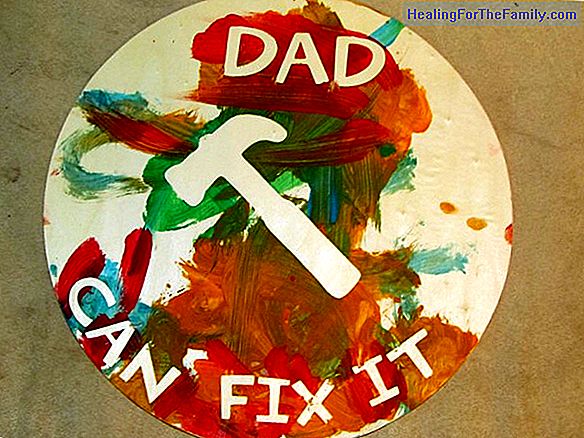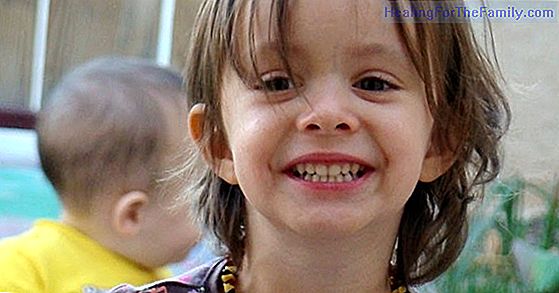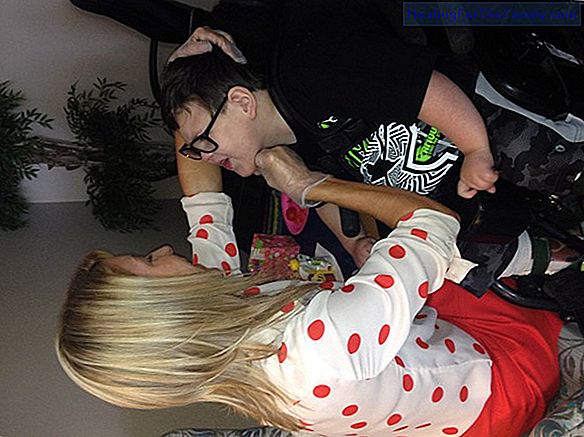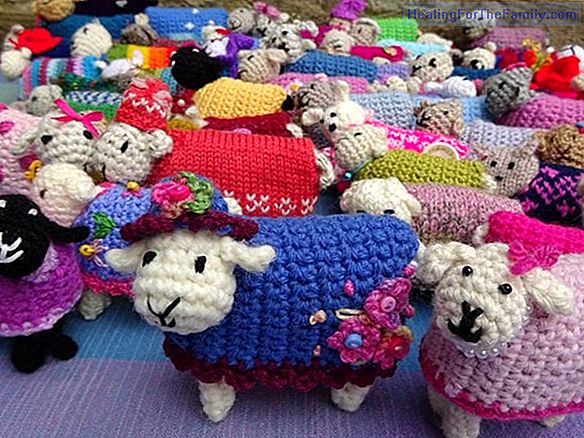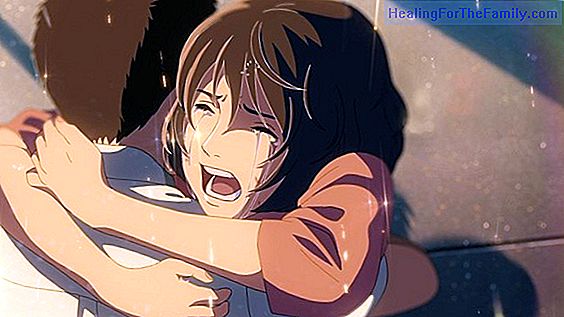Heal wounds and hemorrhages in children
What should we do when our child is injured or burned with a heat source? Knowing how to care for you and offering first aid is essential to avoid infections . Dr. Juan Jesús Hernández, responsible for the Health Plan of the Department of Health and Relief, Cruz Roja , explains everything we need to
What should we do when our child is injured or burned with a heat source? Knowing how to care for you and offering first aid is essential to avoid infections.
Dr. Juan Jesús Hernández, responsible for the Health Plan of the Department of Health and Relief, Cruz Roja, explains everything we need to know to treat wounds and burns in children.
Cure wounds and hemorrhages in children

How can we cure a deep wound to a child at home or stop a hemorrhage until medical assistance arrives?
The action procedure we have in Red Cross is: protect, alert, rescue (PAS). This means that before a deep wound or major bleeding, the first thing is to make sure the place where we are, for example, if the child has been cut with a glass that has been broken, the first thing is to remove the crystals. Then, we will call the emergency service if the severity requires it, and then we can take care of our son.
We must bear in mind that bleeding can endanger the life of the person, and if we are not able to control them, we must always make the emergency call or refer to a hospital. What are those measures? First, exert a direct pressure on the focus of the hemorrhage, taking into account that the first dressing or the first gauzes that we attach to the skin are never going to be removed, because it is possible that a clot is being created and when That first bandage could still increase the intensity of the hemorrhage. Therefore, if we are soaked in blood, we would add another dressing to the initial we already had.
In the extremities, it is convenient to increase the effectiveness of our pressure by doing a elevation of the limb above the heart, which will help us to control the bleeding too. The pressure can be made at the arterial control point, both in the arm and in the groin and at the root of the limbs. If with elevation we have not managed to control the bleeding, if blood continues to flow, if the child begins to be tachycardic, sweaty or very pale, we must move it to a health center.
In the same way, a wound that goes out of normal, should always be assessed by a health team, and cleaned and cured by the nursing staff. With all that common sense tells us that goes out of the ordinary, always the most accurate idea is that we move the child to a health center.
What does a wound look like when it becomes infected?
Infected wounds look ugly, the edges inflamed and the wound environment may be red. It is very frequent that this happens in wounds that have broken edges, with recesses, protrusions and recesses, in which it is easier for the infection to appear, there may even be a swelling in all the skin that is around this wound, and if It has evolved more in those days, it can even appear that tissue destruction, that accumulation of dead white blood cells that is pus, that in some cases, we can notice that it is coming out of the edges or the wound bed.
How can we know if a wound needs stitches and the child has to be taken to the hospital?
The decision to suture a wound always has to come from the health team. At home, we can think that a wound needs suture when there is a significant separation of the edges of the wound, especially and very frequently, when incised wounds, which can be done with a cutting material such as a knife. Wounds that bleed may also require suturing. It must be taken into account that a wound after 4 to 6 hours after being produced can not be sutured in any case. Therefore, if we suspect that the child's wound needs suture, it is best to go quickly to a health center.
What should we never do when treating a wound or burn in a child?
Perhaps, the most frequent may be the use of an antiseptic as a substitute for good washing. When we have a wound, the first thing is to wash it well. Washing with soap and water is essential to treat the wound, everything we do afterwards will help us, but it can not replace that washing.
In general, a common failure is to use pharmacological treatments with children within what is a wound care. Medications or antibiotic ointments, for example, are treatments that should be indicated by the medical staff and that it can not be the parents, mothers or guardians of the children who decide that it should be administered.
Marisol Nuevo.


